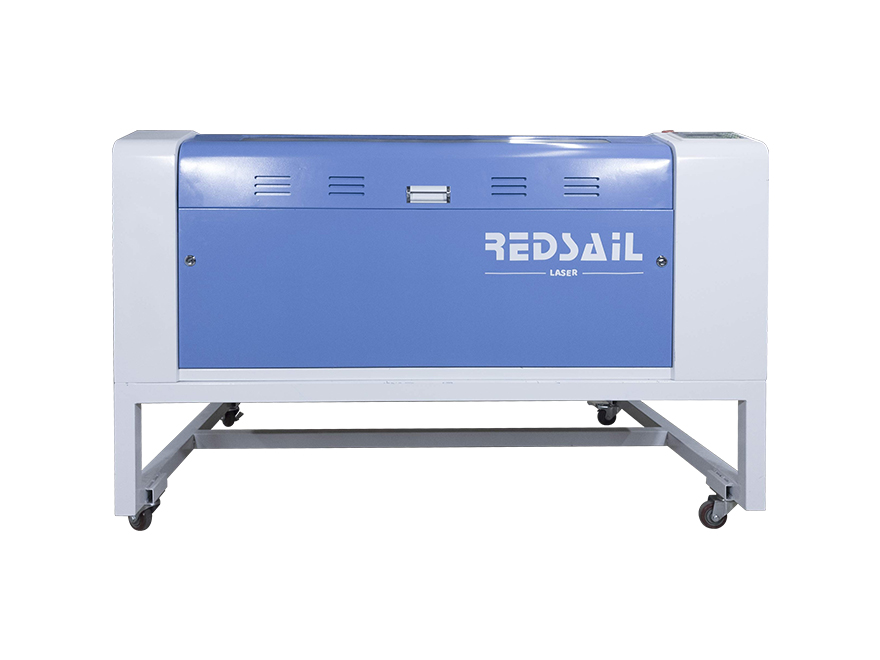Can a 150W CO2 Laser Cutter Tackle Metal?
Introduction
A CO2 laser cutter is a versatile tool used in various industries for cutting and engraving a wide range of materials. These laser cutters are known for their ability to handle materials like wood, acrylic, leather, and fabric, but what about metal? In this article, we will explore if a 150W CO2 laser cutter can tackle metal and the factors that influence its efficiency.
The Power of a 150W CO2 Laser Cutter
CO2 laser cutters are categorized based on their output power, typically measured in watts (W). A 150W CO2 laser cutter falls under the medium to high-range power category and is capable of cutting through thicker materials. However, when it comes to metal cutting, there are some limitations.
Limitations for Metal Cutting
Metal Type
CO2 lasers are most effective in cutting non-metallic materials. Metals, especially those with high thermal conductivity like aluminum and copper, are highly reflective to CO2 laser wavelengths. This reflection causes minimal absorption of the laser energy, resulting in inefficient cutting and a high risk of back reflection damaging the laser itself.
Thickness
The thickness of the metal being cut is another limiting factor. While a 150W CO2 laser cutter has the power to cut thin sheets of metal, it struggles with metals that are thicker than a few millimeters. This is due to the high power requirements needed to overcome the reflective properties of metals.
Speed
Metal cutting with a CO2 laser is a slow process. The thicker the metal, the slower the cutting speed. Achieving precise and efficient cuts on metal would require significantly longer processing times compared to other materials.
Factors Influencing Metal Cutting
Assist Gases
Using assist gases such as oxygen or nitrogen can improve the efficiency of metal cutting using a CO2 laser. These gases assist in the cutting process, ensuring better quality cuts and reducing the chance of back reflection damaging the laser. Oxygen is commonly used for steel cutting, while nitrogen is preferred for non-ferrous metals like aluminum.
Lens Quality
The quality of the lens used in the CO2 laser cutter plays a crucial role in metal cutting. A high-quality lens with proper focal length ensures concentrated laser energy at the cutting point, enhancing cutting performance and reducing potential issues.
Machine Calibration
Proper calibration of the laser cutter is vital for effective metal cutting. Correct alignment of the laser beam and keeping the machine in optimal condition ensure optimal results and minimize the risk of damage to the laser and workpiece.
Frequently Asked Questions (FAQs)
1. Can a 150W CO2 laser cutter cut through thin metal?
Yes, a 150W CO2 laser cutter can cut through thin metal sheets of a few millimeters. However, it may not be the most efficient method for metal cutting.
2. Which metals are suitable for cutting with a 150W CO2 laser cutter?
Thin sheets of steel, stainless steel, and aluminum can be cut using a 150W CO2 laser cutter. However, it is important to note that cutting efficiency and speed may be limited.
3. What is the recommended assist gas for metal cutting?
For steel cutting, oxygen is commonly used as an assist gas. For non-ferrous metals like aluminum, nitrogen is preferred.
4. Can a 150W CO2 laser cutter engrave metals?
Yes, a 150W CO2 laser cutter is capable of engraving metals. Engraving generally requires lower power levels compared to cutting, making it more feasible for metal applications.
5. Are there alternative laser types for metal cutting?
Yes, fiber lasers and solid-state lasers are more suitable for metal cutting. These laser types offer higher power capabilities and better absorption in metals, resulting in more efficient and faster cutting processes.





